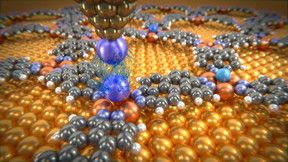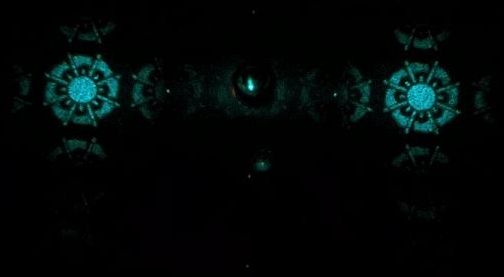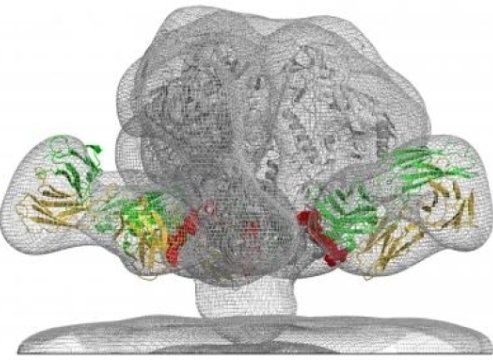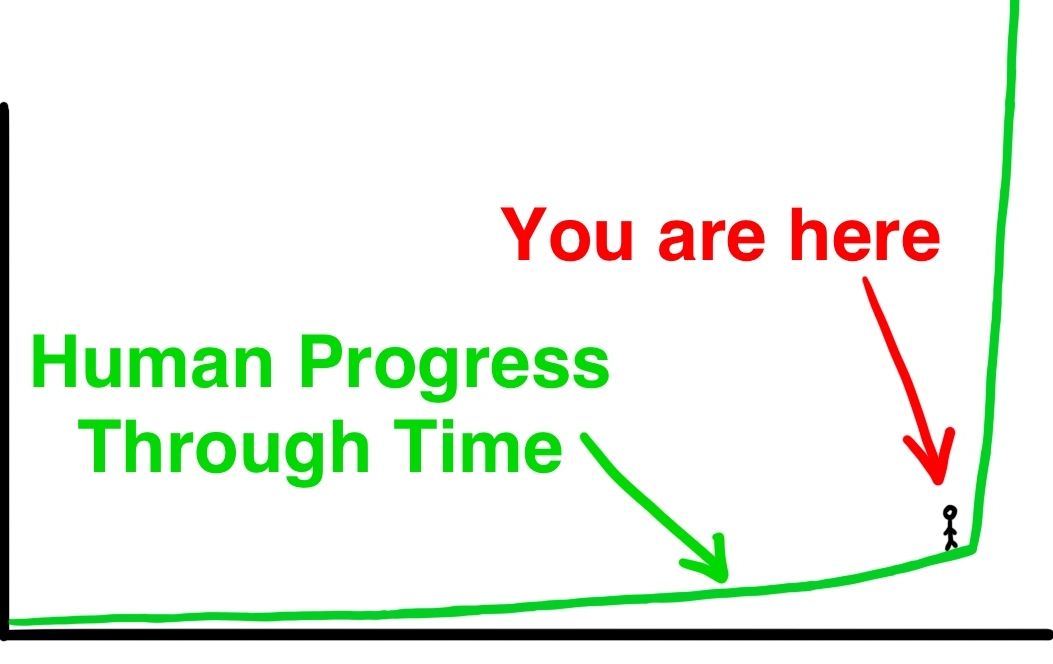or chroma keying, is a special effects / post-production technique for compositing (layering) two images or video streams together based on color hues (chroma range). The technique has been used heavily in many fields to remove a background from the subject of a photo or video – particularly the newscasting, motion picture and videogame industries.
Page 10908
May 14, 2016
Physicists measure van der Waals forces of individual atoms for the first time
Posted by Karen Hurst in categories: nanotechnology, particle physics
Abstract: Physicists at the Swiss Nanoscience Institute and the University of Basel have succeeded in measuring the very weak van der Waals forces between individual atoms for the first time. To do this, they fixed individual noble gas atoms within a molecular network and determined the interactions with a single xenon atom that they had positioned at the tip of an atomic force microscope. As expected, the forces varied according to the distance between the two atoms; but, in some cases, the forces were several times larger than theoretically calculated. These findings are reported by the international team of researchers in Nature Communications.
May 14, 2016
Nanotechnology To Make Holographic Applications More Secure And Efficient
Posted by Karen Hurst in categories: biotech/medical, encryption, nanotechnology, security
Making Holographic Apps more secured and efficient.
Since its birth, holograms have been extensively used to serve security systems and related purposes. The making of a hologram, dissecting it to pieces and again rejoining the blocks involves a steady orientation of lenses which encodes the information with depth perception that could be deciphered later according to requirement.
It’s hard to imagine a 21st century city running smooth without an immense use of holograms, small or big sized 2D cards with 3D engraved pictures that are present in credit cards, grocery objects, books, biomedical devices and in other objects requiring retrievable information to be stored.
Continue reading “Nanotechnology To Make Holographic Applications More Secure And Efficient” »
May 14, 2016
Team discovers new HIV vaccine target
Posted by Shailesh Prasad in categories: biotech/medical, health
A team led by scientists at the National Institutes of Health (NIH) has reported a research trifecta. They discovered a new vulnerable site on HIV for a vaccine to target, a broadly neutralizing antibody that binds to that target site, and how the antibody stops the virus from infecting a cell. The study was led by scientists at the Vaccine Research Center (VRC) of the National Institute of Allergy and Infectious Diseases, part of NIH.
The new target is a part of HIV called the fusion peptide, a string of eight amino acids that helps the virus fuse with a cell to infect it. The fusion peptide has a much simpler structure than other sites on the virus that HIV vaccine scientists have studied.
The scientists first examined the blood of an HIV-infected person to explore its ability to stop the virus from infecting cells. The blood was good at neutralizing HIV but did not target any of the vulnerable spots on the virus where broadly neutralizing HIV antibodies (bnAbs) were known to bind.
May 14, 2016
The U.S. Military Wants a Robot That Can Fly Any Plane
Posted by Shailesh Prasad in categories: military, robotics/AI
May 14, 2016
Google a step closer to developing machines with human-like intelligence
Posted by Shailesh Prasad in categories: computing, information science, neuroscience, robotics/AI
An algorithm developed by Google is designed to encode thought, which could lead to computers with ‘common sense’ within a decade, says leading AI scientist.
May 14, 2016
Thought-reading headset lets users speak their mind
Posted by Magaly Santiago in category: neuroscience

By combining a wireless connected EEG headset from Emotiv and an assistive communication app, California-based Smartstones is bringing the power of speech to those who have difficulty communicating verbally. The “think to speak” technology works by reading the brainwaves of the user and expressing them as phrases spoken through the app.
:prose is the app at the heart of it all, developed by Smartstones to help nonverbal people communicate by tapping or swiping on a mobile device. Like sign language, individual gestures and movements are linked to words and phrases: for example, swiping up could mean “I want”, and drawing a circular motion could mean “water”. The app recognizes the input and speaks aloud the complete sentence, “I want water.” The commands are customizable too, so a user can assign phrases to specific movements however they like.
Continue reading “Thought-reading headset lets users speak their mind” »
May 14, 2016
The Artificial Intelligence Revolution: Part 1
Posted by Magaly Santiago in category: robotics/AI
Part 1 of 2: “The Road to Superintelligence”. Artificial Intelligence — the topic everyone in the world should be talking about.
May 14, 2016
The existence of massive particles of light could finally explain dark energy
Posted by Andreas Matt in categories: particle physics, quantum physics, space
In the late 1990s, astronomers discovered something mysterious pushing galaxies apart faster than gravity pulls them together. It seemed like every little bit of space had some amount of energy that spread it away from every other little bit of space, and that strange pushing came to be known as ‘dark energy’ — dark, because no one knows what it is.
And now a group of physicists have shown that dark energy could probably be explained — as long as we’re willing to give up a fundamental piece of our understanding of light…
Most scientists think that dark energy exists because of what’s known as a cosmological constant — something acting throughout the Universe that tells different bits of space to repel each other. It’s sort of like an anti-gravity force, but it acts everywhere instead of just being between two things with mass and it always acts with the same strength.

















